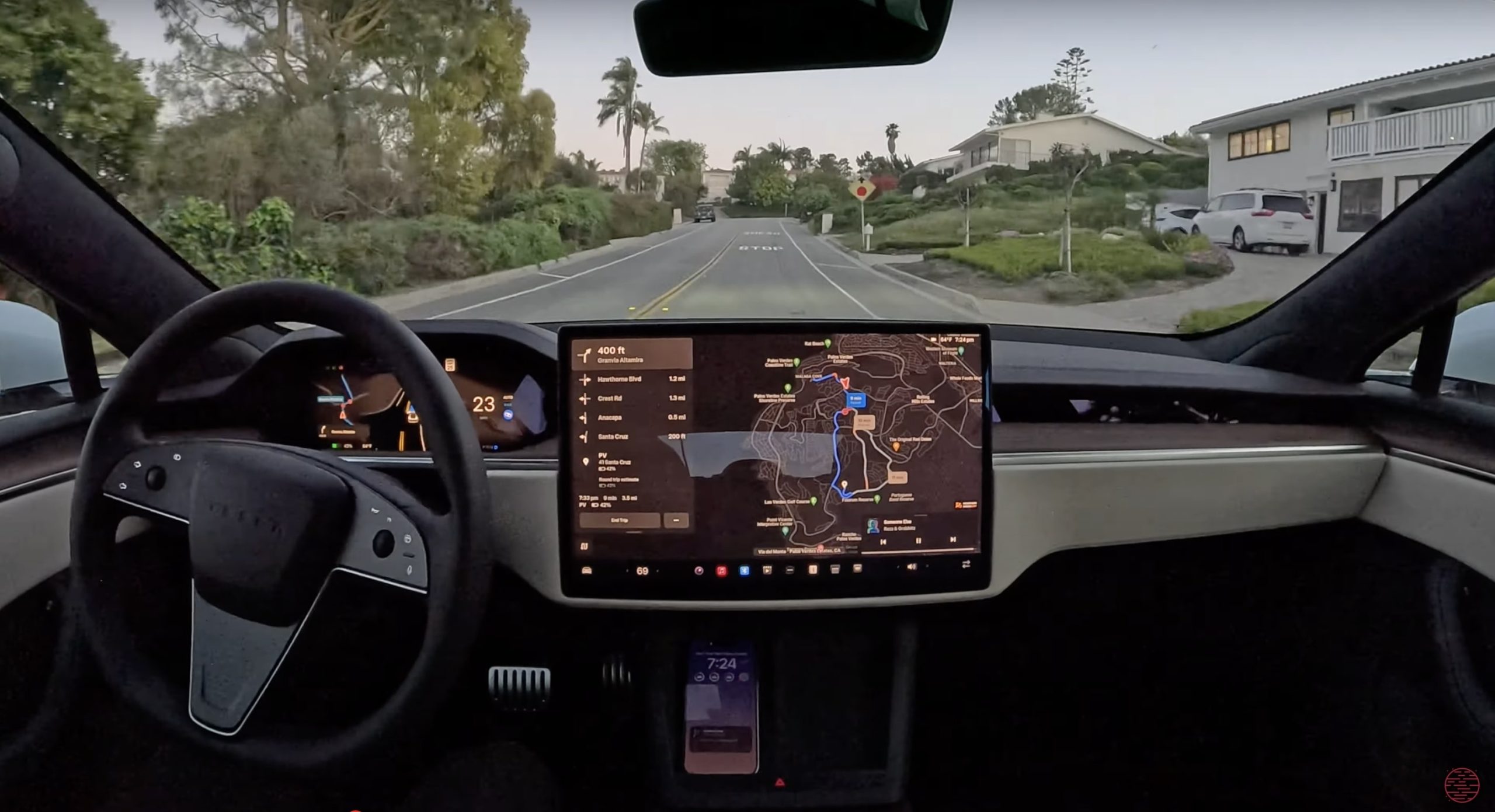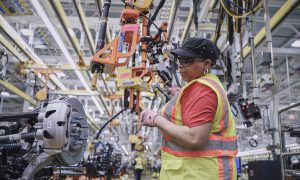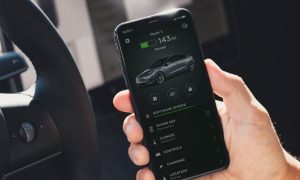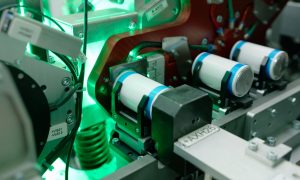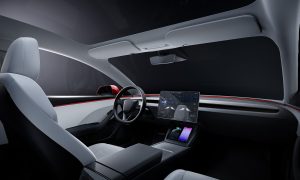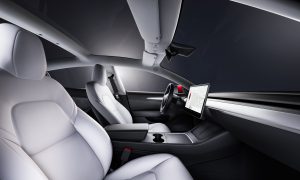It appears that Tesla has started the rollout of FSD (Supervised) V12.4 to employees. Together with the update is a welcome change that has been highly anticipated by the electric vehicle community — the introduction of vision-based attention monitoring and the removal of steering wheel nags.
Reports of FSD (Supervised) V12.4’s initial rollout were shared on social media early Monday. As could be seen in screenshots that were posted by Tesla software update tracking services such as NotATeslaApp and Tessie, it appears that FSD (Supervised) V12.4. was included in the 2024.9.5 release.
The 2024.9.5 release included the rollout of vision-based attention monitoring and new Autopilot suspension systems. As could be seen in the release notes of the 2024.9.5 update, Tesla’s driver monitoring system will now primarily rely on data from the cabin camera to determine driver attentiveness. However, Tesla also notes that steering wheel nags will still be used if drivers’ eyes are not visible to the cabin camera.
BREAKING: $TSLA FSD v12.4 is now being rolled out to employees!! 🚀
— Herbert Ong (@herbertong) May 20, 2024
• Included in 2024.9.5 release
• Vision-Based Attention Monitoring
• Autopilot Suspension https://t.co/tSXena9DdF
Following are the release notes for Tesla’s vision-based attention monitoring system from update 2024.9.5.
When Full Self-Driving (Supervised) is enabled, the driver monitoring system now primarily relies on the cabin camera to determine driver attentiveness. This enhancement is available on vehicles equipped with a cabin camera and only when the cabin camera has clear and continuous visibility of the driver’s eyes (e.g., the camera is not occluded, there is sufficient cabin illumination, and the driver is looking forward at the road ahead and not wearing sunglasses, a hat with a low brim, or other objects covering the eyes). Outside of these circumstances, the driver monitoring system will continue to rely on a combination of torque-based (steering wheel) and vision-based monitoring to detect driver attentiveness.
If the camera detects the driver to be inattentive, a warning will appear. The warning can be dismissed by the driver immediately reverting their attention back to the road ahead. Warnings will escalate depending on the nature and frequency of detected inattentiveness, with continuous inattention leading to a Strikeout.
Cabin camera images do not leave the vehicle itself, which means the system cannot save or transmit information unless you enable data sharing.
Following are the release notes for Tesla’s Autopilot suspension system.
For maximum safety and accountability, use of Full Self-Driving (Supervised) will be suspended if improper usage is detected. Improper usage is when you, or another driver of your vehicle, receive five “Autopilot Strikeouts”. An Autopilot Strikeout is when the Autopilot system forcefully disengages for the remainder of a trip after the driver receives several audio and visual warning for inattentiveness. Driver-initiated disengagements do not count as improper usage and are expected from the driver. Keep your hands on the wheel and remain attentive at all times. Use of any hand-held devices while using Autopilot is not allowed.
One Autopilot Strikeout will be forgiven for each 7-day period in which you do not receive any Strikeouts. Each time you receive a Strikeout, this timer will restart.
The FSD (Supervised) feature can only be removed per this suspension method and it will be unavailable for approximately one week.
Don’t hesitate to contact us with news tips. Just send a message to simon@teslarati.com to give us a heads up.

